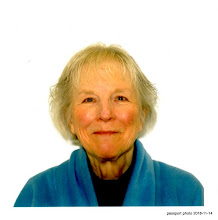Ami
Simms' mother is one of 5.2 million Americans with Alzheimer's disease. Ami began the Alzheimer's Art Quilt Initiative because she thinks it is possible to make a difference, one quilt at a time. This is an all
volunteer organization. Ami and her staff volunteer their time and energy and quilts. Quilts are donated from people all over the world; although most are from the USA. If you would like more information about donating and\or buying a quilt, please click on the link below.
The Alzheimer's Art Quilt Initiative (
AAQI)
Raising Awareness & Funding Research Through Art
http://www.alzquilts.org/
Diane
Petersmarck organized a 'Stay At Home Challenge' for those of us in
quiltart who are not traveling to Houston to see the biggest quilt show of the year. I decided to join this challenge and see how many quilts I could make by the posting deadline. It is fun.
The only rule is that all quilts have to be 9" x 12" or less because of mailing.
I decided this might be a good time to learn a little more about Alzheimer's. My first 4 quilts are trying to express visually how Alzheimer's may affect a person.
The Changing Face of Alzheimer's 1
Number 1 is expressing how a person's perspective is breaking apart into pieces that become unrecognizable.
Width: 7" Length: 9 3\4"

The Changing Face of Alzheimer's 2
Number 2 is expressing how a person may find their mind divided into compartments which have difficulty communicating with each other.
Width: 9" Length: 11 1\4"

The Changing Face of Alzheimer's 3
Number 3 is expressing how a person's mind may just become split up into garbled pieces that can't connect with each other.
Width: 9" Length: 12"

The Changing Face of Alzheimer's 4
Number 4 is expressing how a person's mind may just fade away.
Width: 9" Length: 12"


































